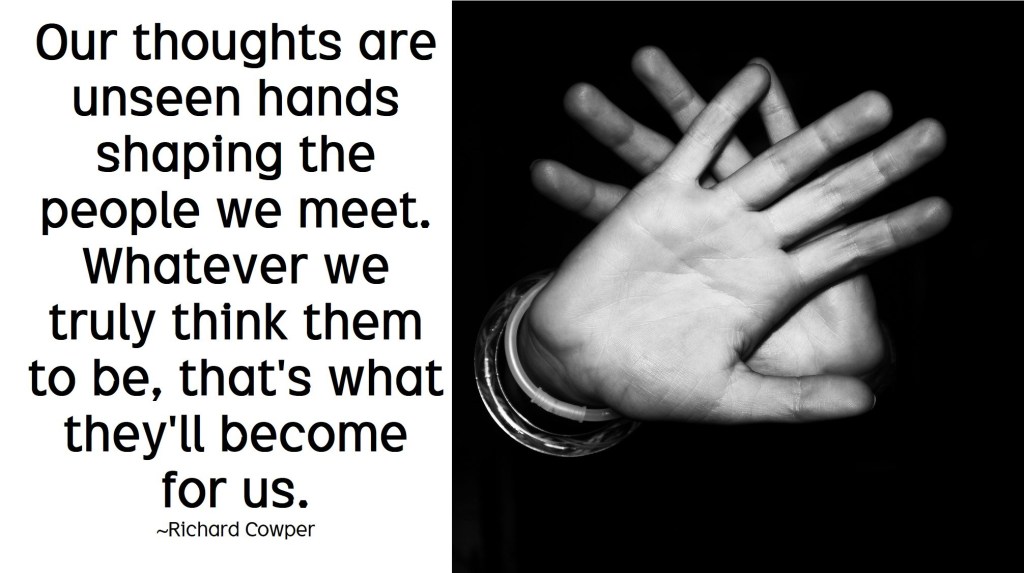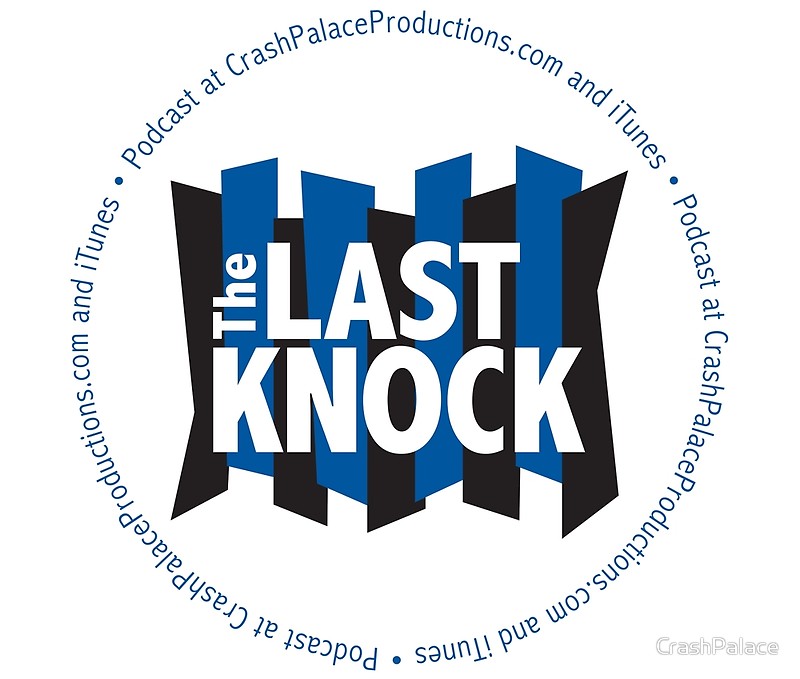
The Trope of it All…
Crash Palace has written about tropes before, and Jonny Numb and Billy Crash have discussed them on The Last Knock horror podcast. Why? Because they’re redundancies and create an eye-rolling foray into malaise.
They must be stopped.
What’s worse? Character stereotypes. And they must be stopped even more.
Stock Characters
Most often, when a majority of “teen screamz” horror movies begin, a group of people seem to be driving to an isolated location. They make a stop at a shitty gas station, get out of the vehicle, and usually meet some creepy attendant.
But the worst is the people – because it’s pretty much the same damn group, again and again…
A young white male is often the driver. He’s the one in control of the trip and usually has his girlfriend by his side. She’s white as well and where the boyfriend is immature and nonchalant, she broods and seems to have a good head on her shoulders. Why she’s with an idiot is beyond logic.
Another passenger in the back seat may often be a young black male. He’s cool and has an edge to him, and seems as if he can explode into anger. His girlfriend’s a white blonde cheerleader or popular in some social way, though her brain power seems to be lacking. And this is often where most horror fans sigh and go, “He’s gonna be dead soon.” Because “the black guy” traditionally never makes it – and most of us have been complaining about this piece of nonsense for eons.
Finally, there’s some fifth wheel. If it’s not some brooding white girl battling social anxiety within her introverted self, it’s a white kid who’s a smart and funny stoner. Or, it’s a semi-flamboyant white gay male for comic relief – who is friend’s with the smart young woman in the passenger seat, but not a friend of her asshole boyfriend.
That supposedly smart passenger? She’s usually “The Final Girl.” The great thing about the final girl is that horror presented a female as strong and ready to outsmart the monster. But this came at a price: Final Girls are predominately white and they’re goody-two-shoes (or used to be). The Final Girl wasn’t one for drinking, drug use, or sex (and apparently not even considered a woman). The slasher Cherry Falls worked great in this vein because the killer was hellbent on eradicating virgins.
Counterpoint Characters
Joss Whedon (regardless of whether he’s an asshole on set) put a twist on these characters in The Cabin in the Woods. Yes, we have the football hero in the driver’s seat, but he’s a little sensitive and he isn’t dumb. His girlfriend’s still smart but uptight. The young black male passenger is an intelligent athlete and a gentleman. There’s also the funny, smart stoner (think Shaggy from Scooby Doo), but he’s really insightful, pragmatic, and maybe the most intelligent of the bunch. How does he break the stereotype? He fights back with abandon.
In Tucker and Dale vs. Evil, the pair of good ol’ southern boys aren’t racist or sexist or even cannibals. They’re a pair of good guys who get caught up with some northern visitors who see the pair as a threat due to the propaganda of stereotyping and misconstrued cultural expectations.
Stereotyping
Science believes stereotypes may have come about as a survival technique: If someone looks different from you and your particular tribe, they may be a threat. Curse our stupid brains for not evolving enough since 35,000+ years ago (we had the same size brains back then).
Even so, stereotypes abound as do over-generalizations, pigeon-holing an entire group of people as some sort of threat or a problem or something to joke about. Here’s a very short list:
- All Irish are alcoholics
- All blacks are criminals
- All blondes are dumb (Most of the “dumb blondes jokes” were originally Polish jokes)
- All whites are racists
- All redheads are fiery
- All conservatives (or the religious group of your choice) hate gay people
- All liberals do not own firearms
- All Asians are smart
And the list goes on. And if you live outside the United States, you will no doubt have your own long list.
And yes, these lists are stupid. Hell, you can take any group of 100 people who look the same, put them in a room, and once you get their list of loves and hates, and how they identify with the world, you’ll find 100 very diverse people.
What Horror Cinema Needs to Do
Lately, the film industry in the United States has finally seemed to recognize South Korea as a filmmaking powerhouse, especially with major wins for last year’s Parasite at the Oscars (Best Original Screenplay, Best Achievement in Directing, Best International Feature Film, and Best Motion Picture of the Year). Hell, if you think about it, Parasite actually won “best picture” twice in the same year. I love Korean cinema due to the writing because the characters and stories are complex and devoid of the one-sided trappings of most other characters from around the globe.
Granted, some films employ characters that are complicated and complex, from the Norwegian thriller Insomnia to the creature feature of Attack the Block.
But I want to see horror films where stereotypes are annihilated: a conservative isn’t a bigot, or a liberal isn’t afraid to pick up a gun to kill the monster, or a black person isn’t fueled by rage and forgets about logic and reason at a critical moment, or passive white people that take too long to jump into action, or gay people used as comic relief…
I want real fucking people that harbor the complexities that make up a human being.
Human Beings
We’re one race and we’re all born from the same tribe: A man and a woman with mutated genes that walked out of the Great Rift of Africa and unleashed Homo sapiens upon the world. So are we all inherently black to begin with? Regardless, how can one human being be considered a minority or a majority to another person when we’re all the same race?
I don’t want stock characters and stereotypes – and I had never wanted them since my childhood.
I just want a mix of genuine people who have strengths and weaknesses, but not the same garbage we’ve seen time and again.
Last year, I saw a found footage alien film (the name escapes me). The movie wasn’t altogether good, but I loved how the lead character was a gay male with a lover – and it didn’t matter. Being gay wasn’t central to the plot. He had a boyfriend and the pair was like any other couple in any other movie. It was great to just see a gay relationship as “normal” without contributing to a plot twist.
A Note for Screenwriters and Filmmakers
Quite often, you may see a description like this in a screenplay: DENNY (white, twenties, and thin with a decent build) or something to that effect.
As a screenwriter, I may have something akin to that on rare occasions. For instance, the feature thriller I plan on filming next year calls for a Hindu male, a French speaking woman, another female character with a British accent, and a male senior citizen. Other than that, skin color isn’t an issue. I don’t care who I cast for the film as long as they can act.
Yes, I have an idea of who these people look like in my head, but I never let that get in the way of casting because acting surpasses looks – every time. This means I will put out a casting call for those roles without any ethnic restrictions (or size or weight or physical capability) and may the best actor win.
Maybe if more scripts had something like: DENNY (20s), skin color and body type would no longer be a problem. (An age range may be required to distinguish a character in a family unite, though in this case, even “college age” might work.)
For instance, in the movie Alien, Lt. Ripley was supposed to be a male, but Sigourney Weaver earned the role due to her performance. The wild thing? Producers didn’t ask screenwriter Dan O’Bannon to alter the dialogue to be more feminine or some other nonsense. In the end, the horror and science fiction genres ended up with a strong female character that seemed true to form. And the beauty of this is that Ripley became something human devoid of the usual stereotypes: strong yet afraid. And that’s easy to understand when an unstoppable alien beast wants to devour bipedal lifeforms.
Tear Up the Genre!
Horror writers, throw out the tropes, or exploit them or twist them, but never use them as a benchmark or feel that they are common denominators in the genre.
The same goes for characters and the pathetic expectations that plague one horror film after another. (And most films in general.)
Because we don’t need characters in any movie, we need real people we can all relate to on some level. And stereotypes only keep audiences at a distance and make us hate ourselves.
There’s no reason why horror cinema cannot lead the way in breathing new life into any story without stereotypes. And this will help others see that horror is not some disposable genre, but one worth following.
The Plot Sickens: Crash looks at the Best Horror Films from Japan!

Billy Crash
Also known as William D. Prystauk, he loves great, in-depth characters and storytelling in horror, and likes to see heads roll, but if you kill a dog on screen he’ll cry like a baby. Crash, an award-winning screenwriter and novelist, co-hosts THE LAST KNOCK horror podcast on iTunes, and can also be found on Twitter, LinkedIn, IMDb, Amazon, Behance, YouTube, and Instagram. He’s currently in pre-production on a dramatic thriller feature while working on the third novel in his #KinkNoir crime thriller series.
Get your Crash Palace and The Last Knock gear!
THE LAST KNOCK horror podcast is a Crash Palace Productions’ featured show. Besides this site, you can find THE LAST KNOCK on iTunes with new shows posted every other Sunday at 9 PM ET.
Crash Palace Productions website design and creation from Brian Yount Digital Enterprises with banner and THE LAST KNOCK art from Palko Designs. Logo designs from Paul Belci.
(Quote from Richard Cowper on stereotypes.)

